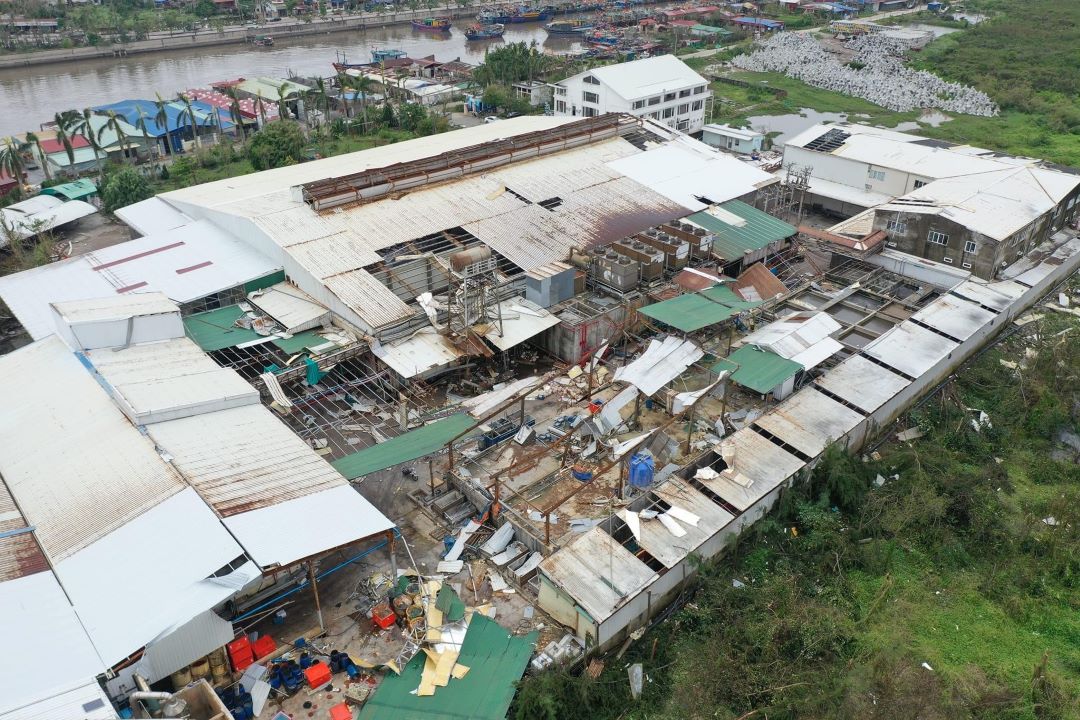HCMC – Vietnam’s full-year gross domestic product (GDP) growth has been cut by 15 basis points due to the aftermath of typhoon Yagi, according to the Ministry of Planning and Investment.
The third-quarter growth is now expected to fall by 0.35 basis point, while fourth-quarter growth could slow by another 22 basis points.
These numbers were discussed at a government meeting on September 15, where solutions were proposed to mitigate the storm’s impact and assist affected communities and businesses.
The agricultural sector alone is forecast to shrink by 33 basis points, and the industrial and construction sectors might experience a five-basis-point decline. Meanwhile, the services sector may contract by 22 basis points, said Minister of Planning and Investment Nguyen Chi Dung. Before the storm hit, the country’s growth target was set between 6.8% and 7%.
Provinces and cities like Haiphong, Quang Ninh, Thai Nguyen, and Lao Cai are likely to see their gross regional domestic product (GRDP) drop by over 50 basis points. The typhoon wreaked havoc on infrastructure, crippling road and rail transport.
The agriculture sector, particularly rice and crop farms, livestock, and fisheries, has been severely impacted. Recovery efforts will demand significant resources and time, particularly in northern regions where the planting season is already underway.
The tourism industry also took a hard hit. Many hotels and tourist facilities in the northern provinces have been forced to shut down for repair. This could lead to a loss of international visitors during the high season from September 2024 to April 2025, affecting popular tourist hotspots such as Hanoi, Haiphong, Ha Giang, and Quang Ninh.
Industrial and construction companies have not been spared either, with disruptions in electricity, communication, and a shortage of labor further exacerbating the situation.
The State Bank of Vietnam reports that about VND80 trillion in loans have been affected across 20 provinces. In Quang Ninh and Haiphong alone, 11,700 borrowers owe a combined VND23.1 trillion, reflecting the widespread financial strain caused by the typhoon’s devastation.









